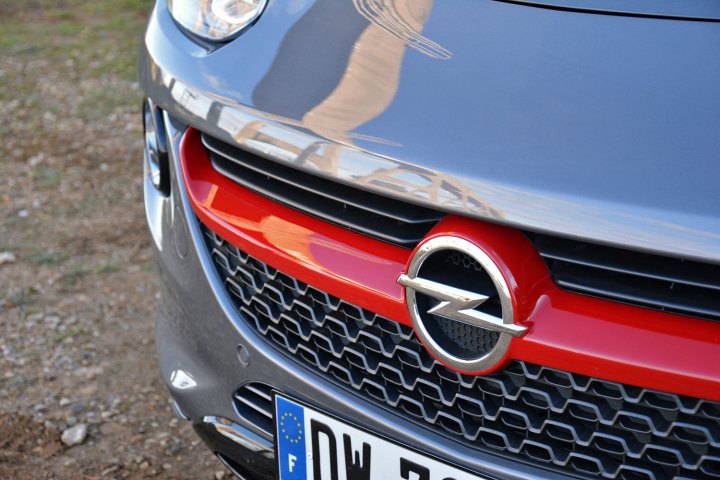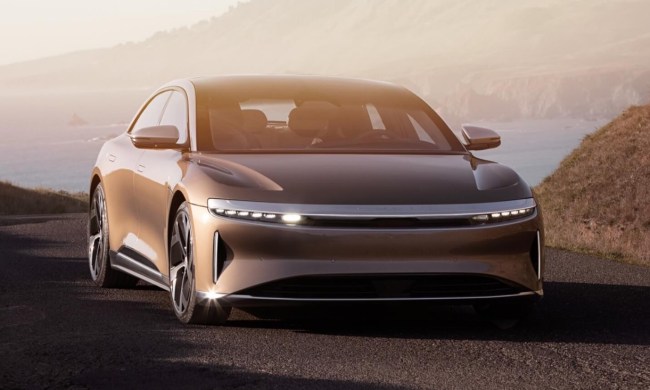
“PSA Group confirms that, together with GM, it is exploring numerous strategic initiatives aimed at improving its profitability and operational efficiency, including a potential acquisition of Opel,” the company wrote in a statement published online. GM published the exact same statement.
PSA declined to reveal when the talks began, or when a final decision will be made. The company simply stresses that it hasn’t come to an agreement with GM yet, and it is not guaranteeing the talks will lead to a deal. However, sources familiar with both companies’ plans told Reuters to expect a formal announcement in the coming days.
Peugeot-Citroen and Opel began collaborating in March 2012 when GM purchased a 7 percent stake in the French company. The alliance was short-lived, and GM sold all of its shares in PSA just a year later after a disagreement over the latter’s Iranian operation. The two partners have nonetheless continued to co-develop and co-produce several models.
Notably, the recently introduced Opel Crossland X will share many parts with the next Citroen C3 Picasso, which will debut as a close-to-production concept next month at the Geneva Auto Show. The next Peugeot 508 is expected to ride on the same platform as the brand-new Opel Insignia. Additionally, some Opel models are built by PSA and vice versa. The synergies help the two automakers — which were both in dire financial straits a couple of years ago — benefit from economies of scale.
Opel briefly sold cars in the United States in the 1960s and 1970s, but it’s far from a household name here. However, American motorists are likely familiar with at least some of Opel’s cars — including the Astra and the Cascada — because they’ve been sold in Saturn and Buick showrooms in recent years. Opel models are rebadged by Vauxhall in the United Kingdom, and many wear a Holden emblem in Australia.
Peugeot-Citroen will only get Opel and Vauxhall if the purchase is agreed upon, an Opel spokesperson told Digital Trends. That means the deal will undoubtedly have an impact on Buick and Holden, but it’s too early to tell how far-reaching it will be.



